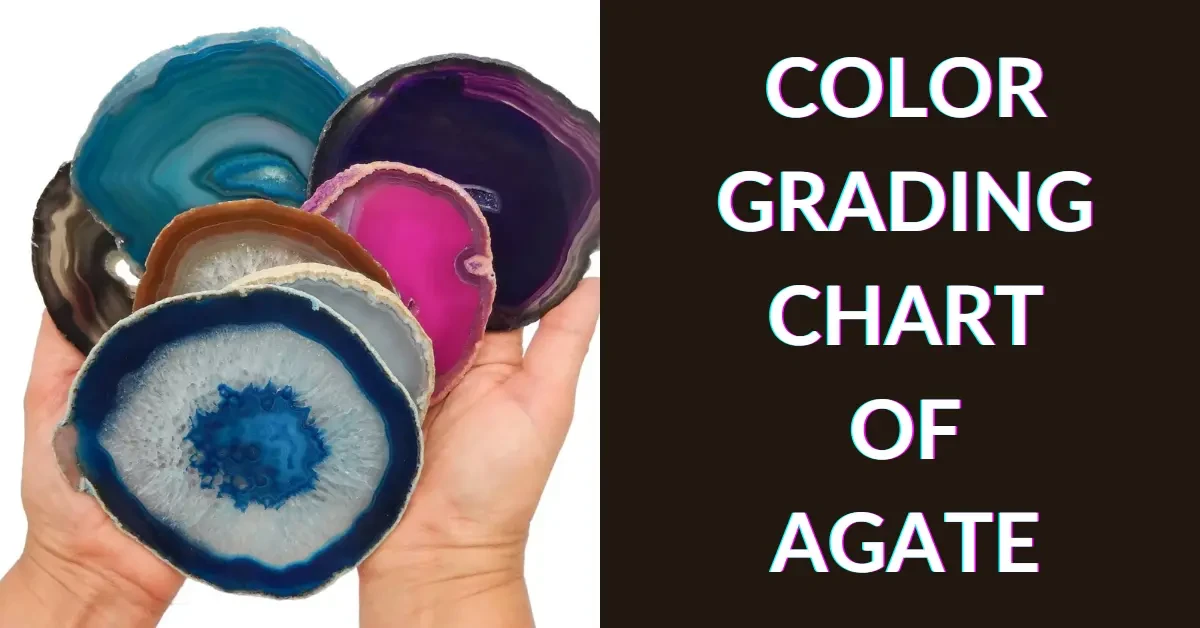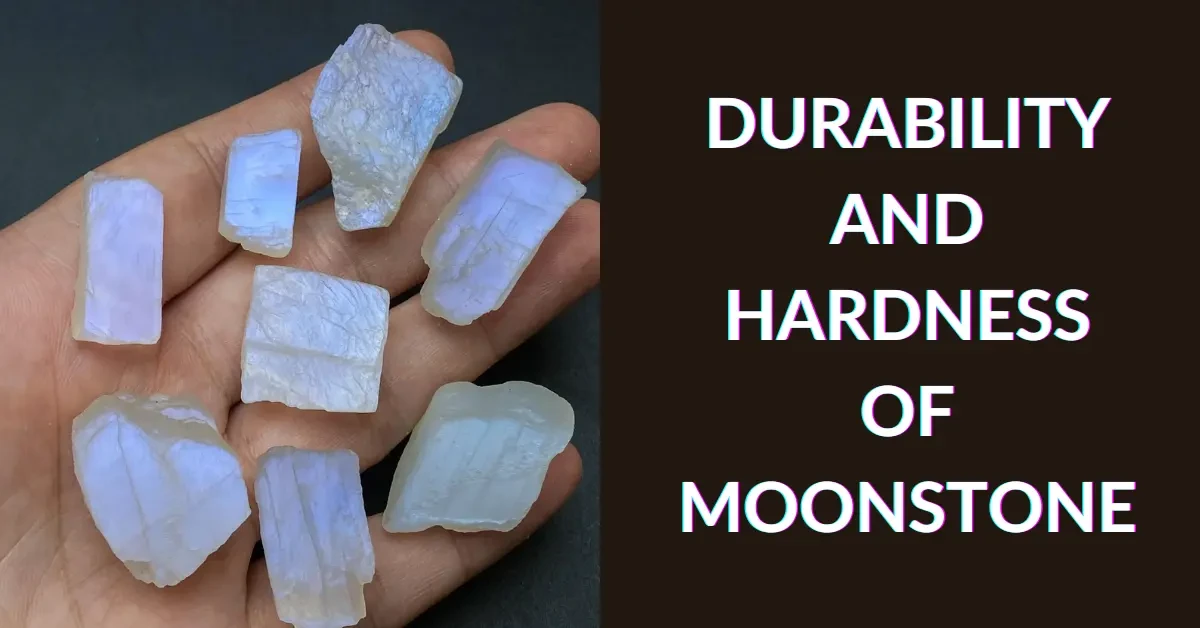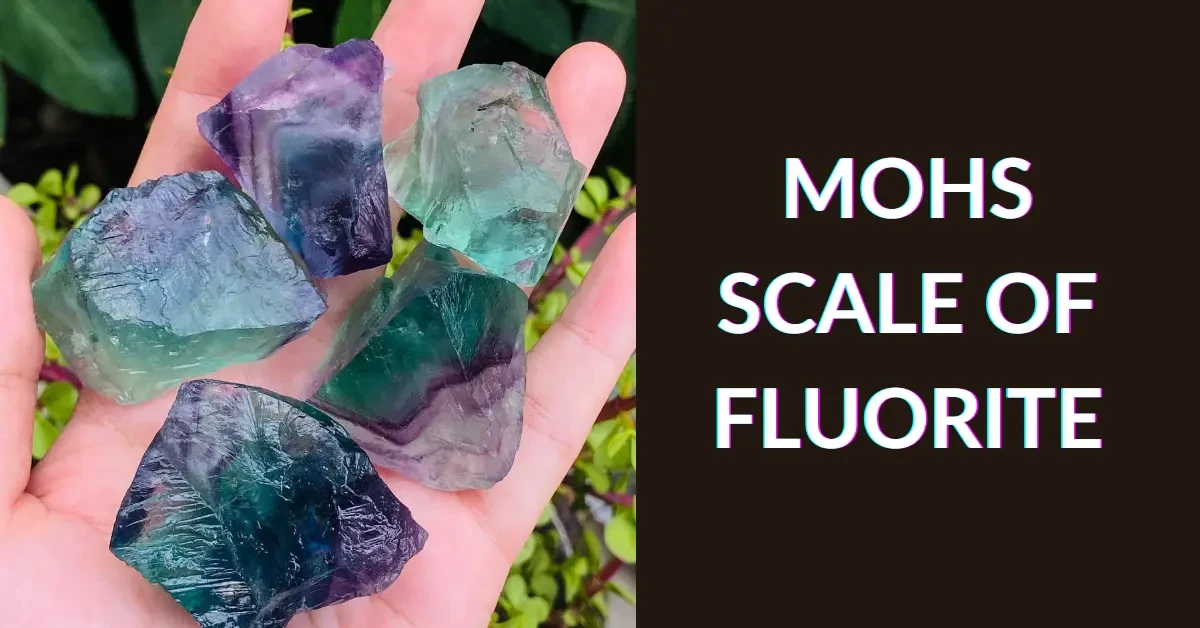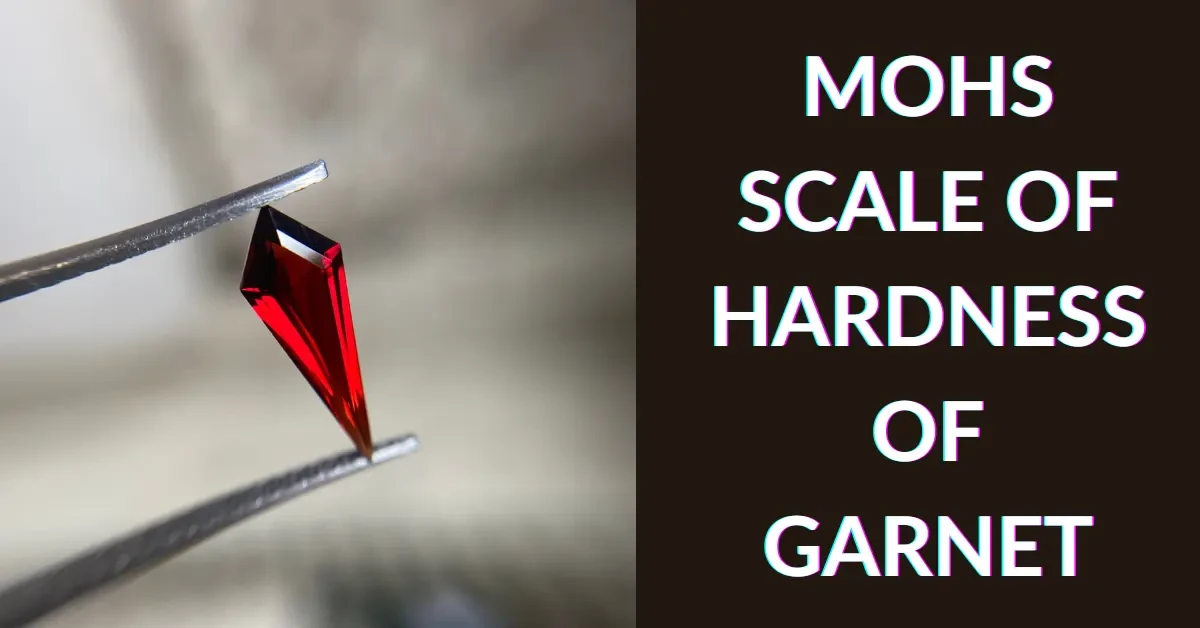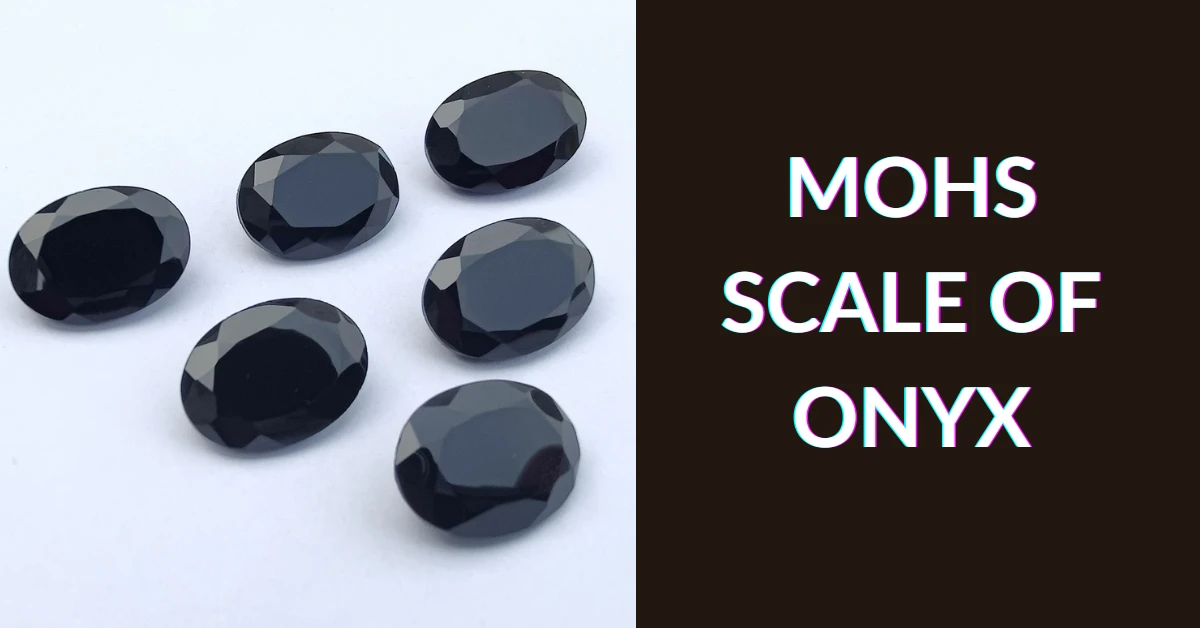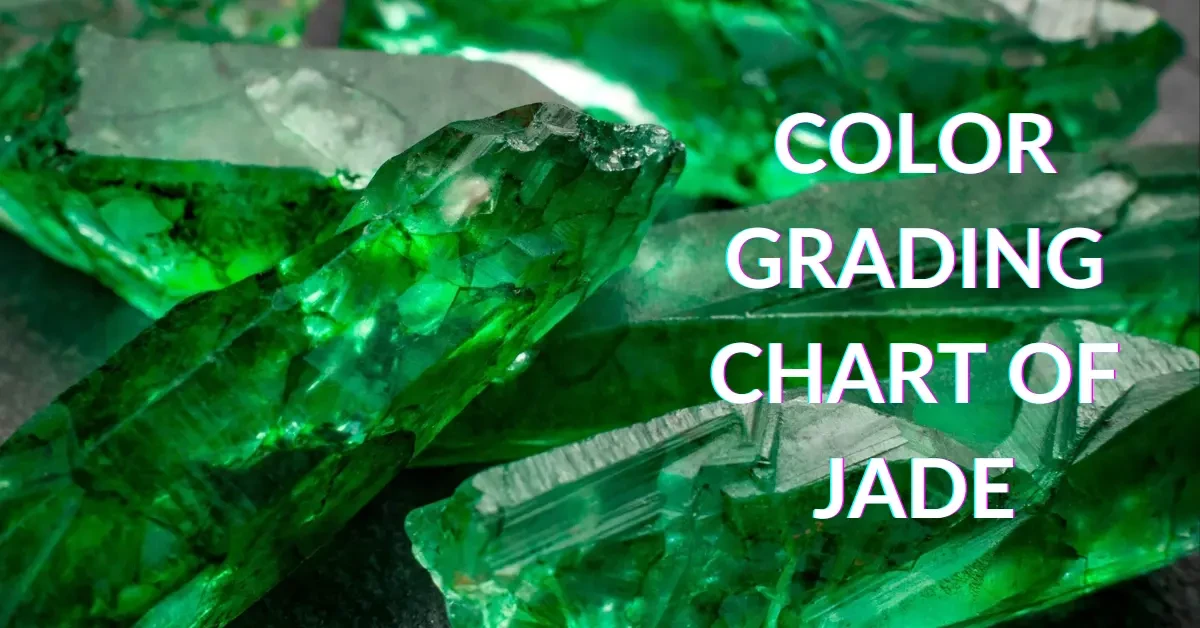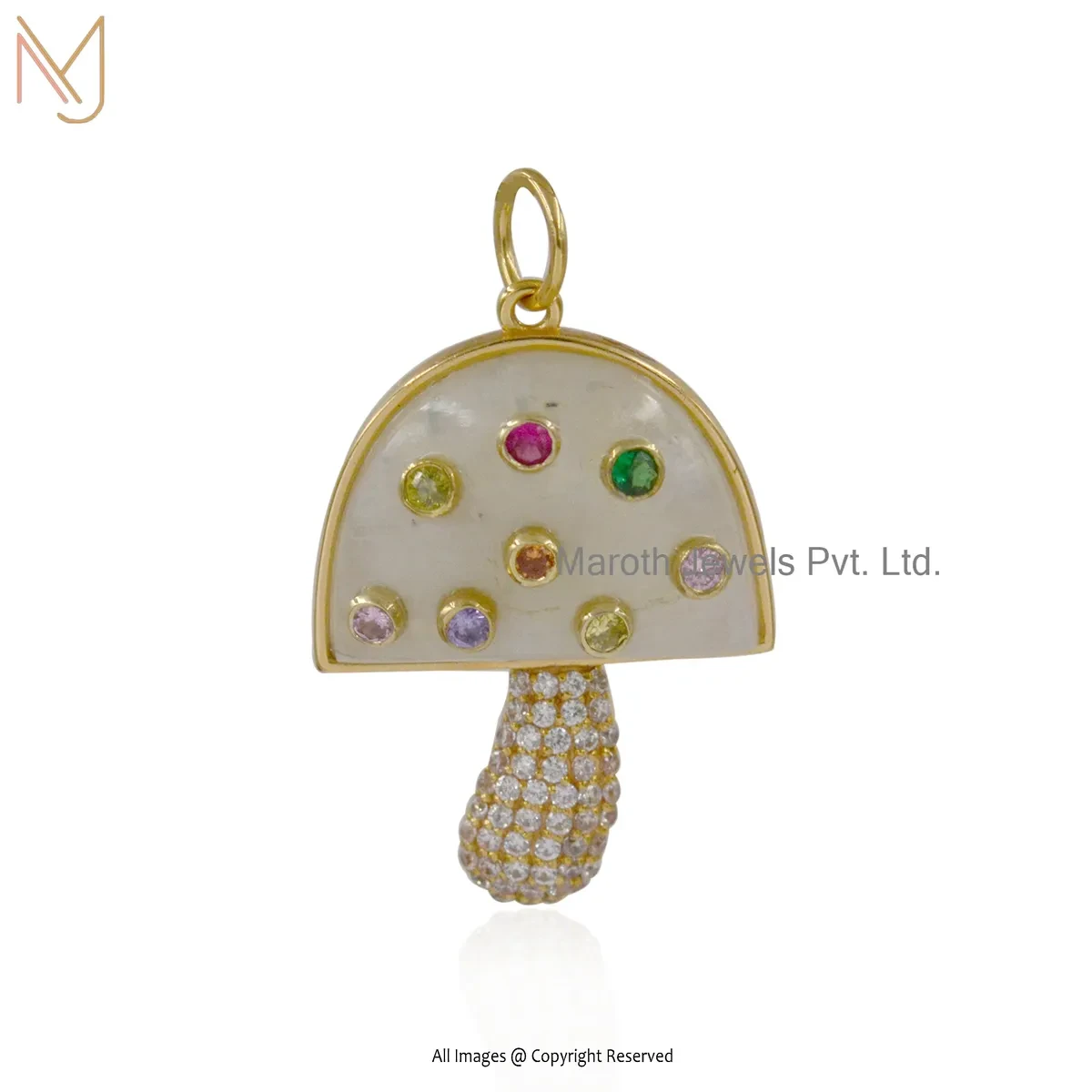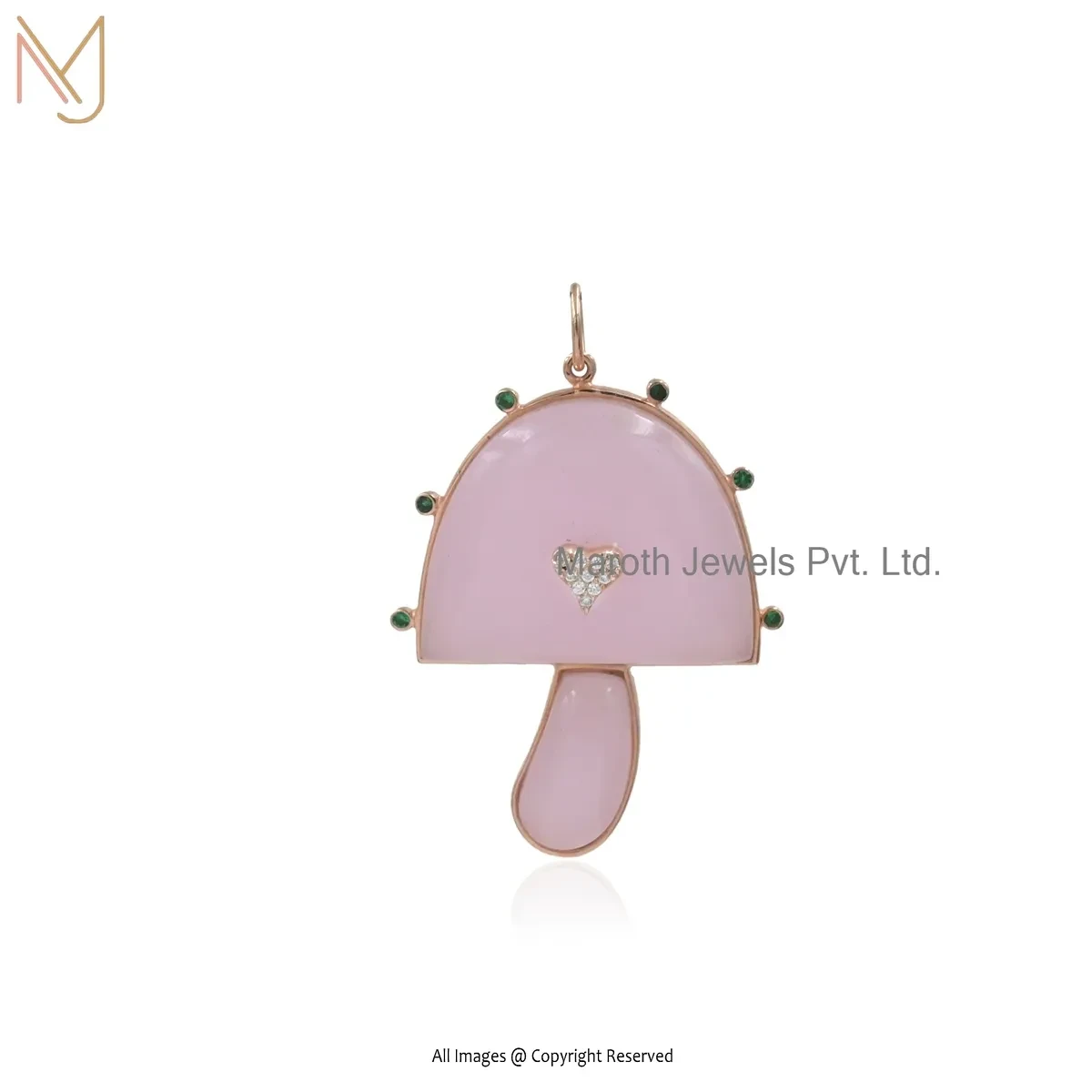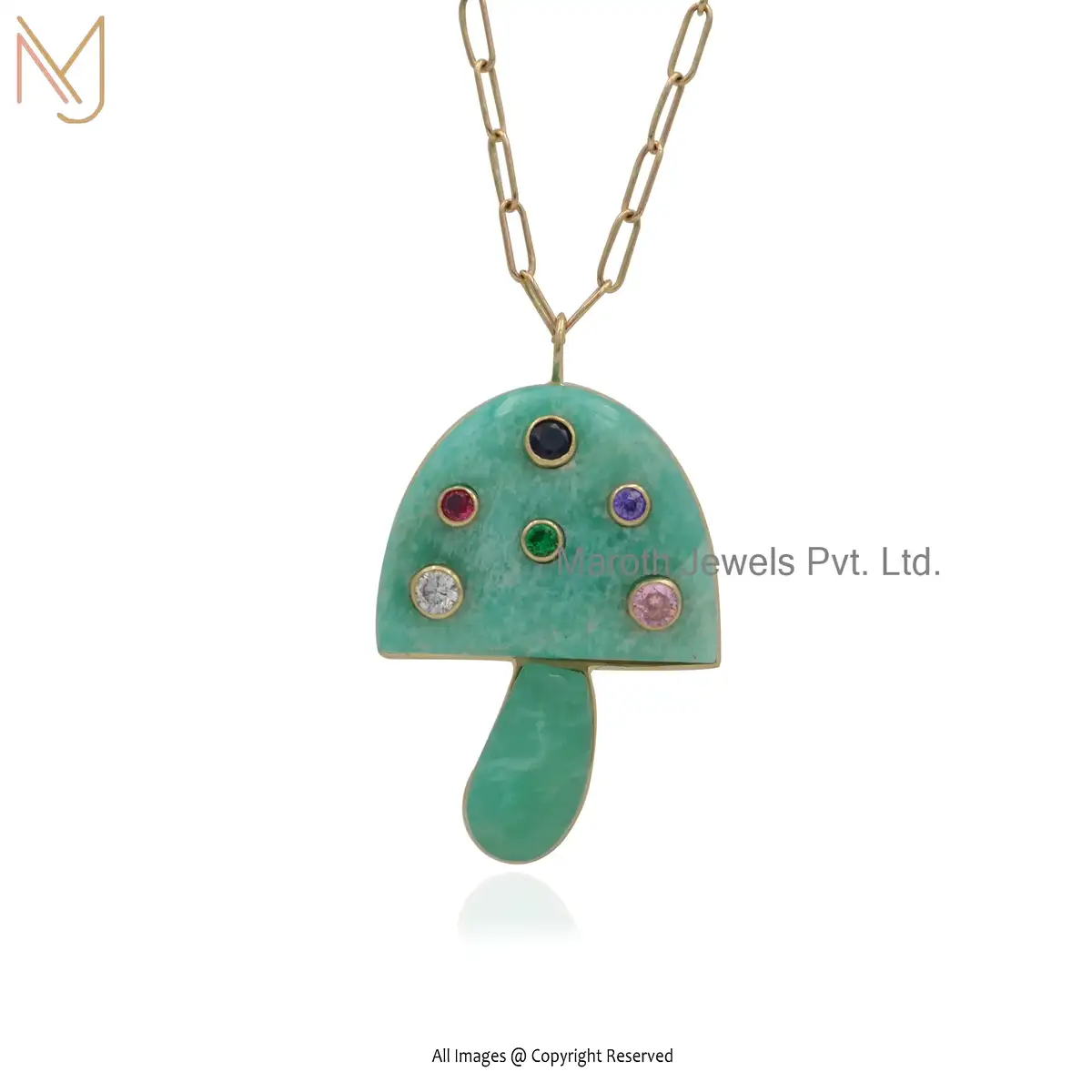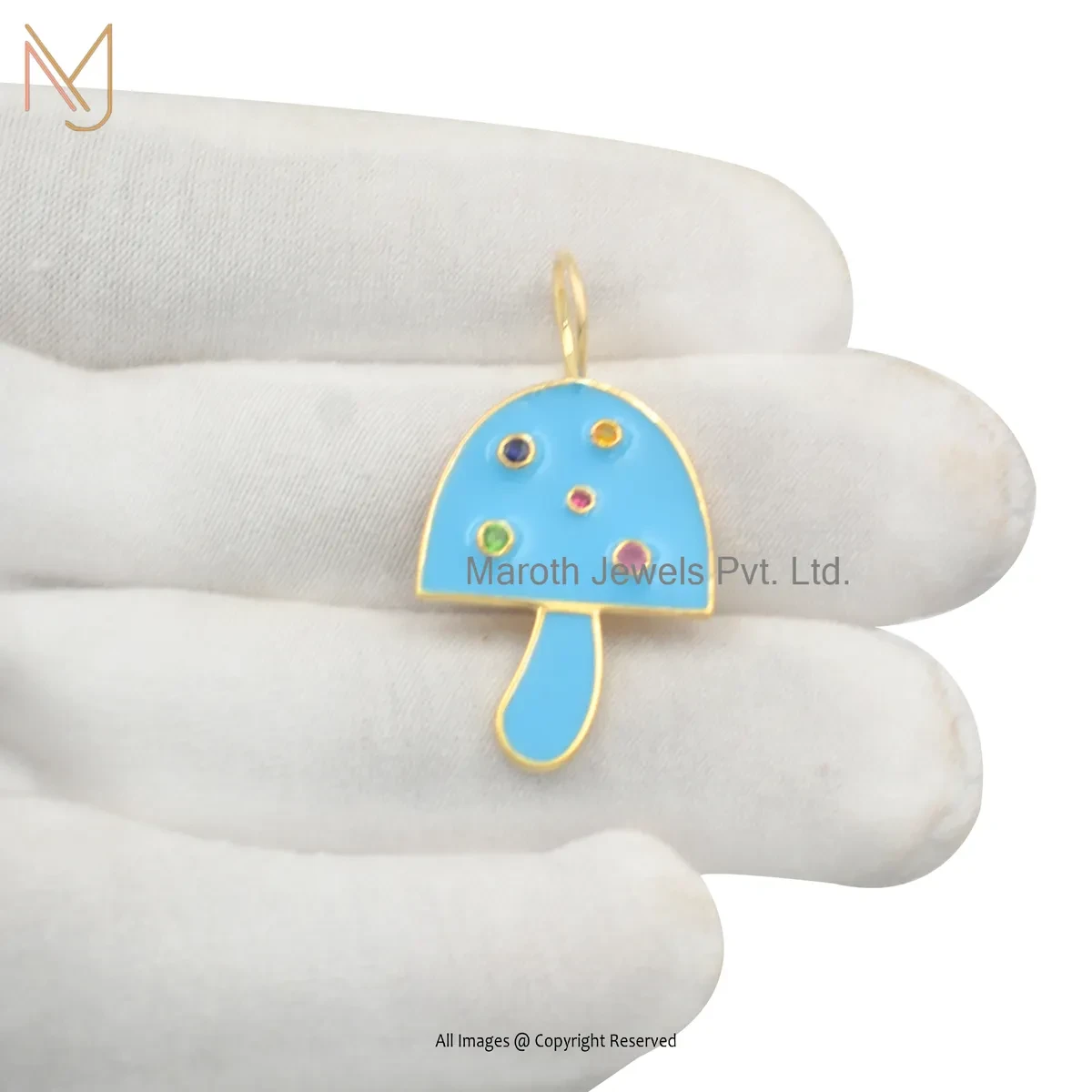What Gemstones Can Not be Lab Grown?
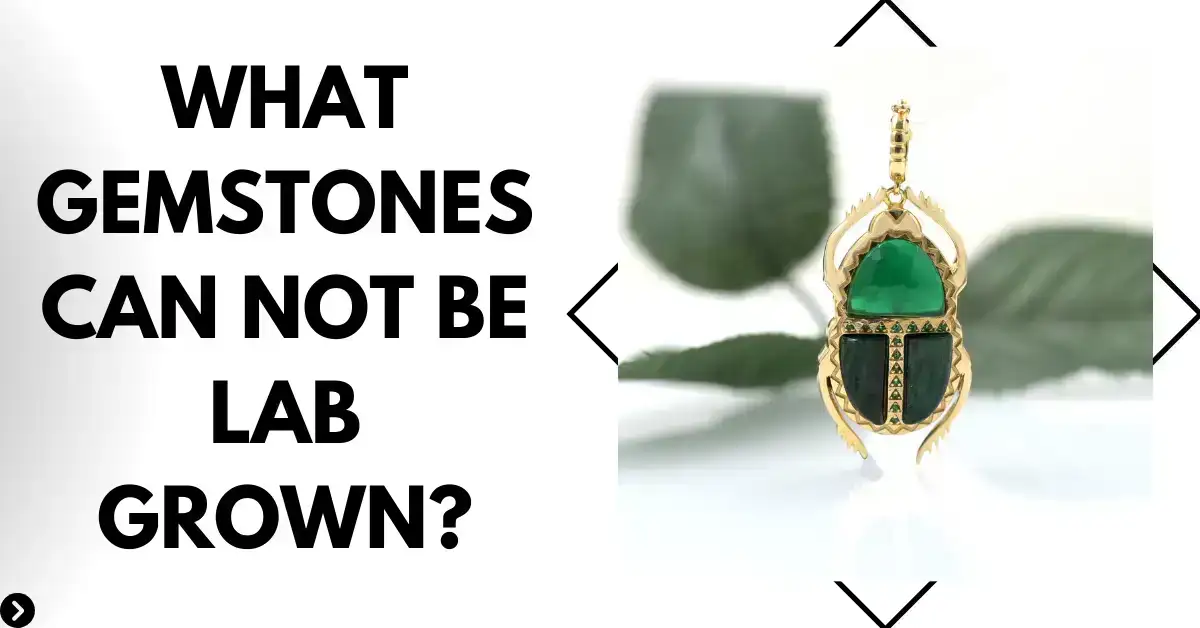
What Gemstones Can Not be Lab Grown?
Gemstones captivate with their beauty and rarity. They come in natural and lab-grown varieties. While many gemstones can be created in a lab, some cannot. Understanding which gemstones cannot be lab-grown is important. This helps you appreciate the uniqueness and value of natural gemstones. Knowing this can guide your choices when purchasing or investing in gemstones.
What Are Natural Gemstones?
Natural gemstones are formed in nature. They develop over millions of years through natural processes. These processes include heat, pressure, and mineral composition. Each natural gemstone is unique. They are valued for their rarity and natural beauty. These gems are mined from the earth, adding to their allure and value. The time and conditions required to form natural gemstones make them precious.
VISIT FOR :: Custom Jewelry
What Are Lab-Created Gemstones?
Lab-created gemstones are made in laboratories. They replicate the conditions that form natural gemstones. Lab-created gems have the same chemical composition as natural ones. They are often more affordable and environmentally friendly. These gemstones are also called synthetic or man-made gems. Lab-grown gemstones provide an accessible alternative to natural stones, offering similar beauty and properties.
How Are Lab-Grown Gemstones Formed?
Lab-grown gemstones are formed using high pressure and high temperature. This mimics natural conditions. Seed crystals are placed in a controlled environment. Over time, they grow into gemstones. Techniques like the Czochralski process and hydrothermal growth are used. These methods produce high-quality gemstones. Lab environments allow precise control over the formation process, ensuring consistency and purity.
What Are the Differences Between Lab-Grown and Natural Gemstones?
Lab-grown and natural gemstones differ in several ways. Understanding these differences helps you make an informed choice.
Origin:
Natural gemstones are mined from the earth. Lab-grown gemstones are created in controlled environments. Natural stones have a unique formation history, while lab-grown stones are designed to mimic natural processes.
Rarity:
Natural gemstones are rare. They form over millions of years. Lab-grown gemstones can be produced relatively quickly. The rarity of natural stones adds to their value and mystique.
Cost:
Natural gemstones are generally more expensive. Their rarity and the cost of mining contribute to this. Lab-grown gemstones are more affordable. They are easier and less costly to produce. The affordability of lab-grown stones makes them accessible to a broader audience.
Environmental Impact:
Mining natural gemstones can have a significant environmental impact. It involves disrupting the earth and using resources. Lab-grown gemstones are more sustainable. They have a smaller environmental footprint. Choosing lab-grown stones can be a more eco-friendly option.
Inclusions and Flaws:
Natural gemstones often have inclusions and flaws. These are part of their natural formation. Lab-grown gemstones are usually more flawless. They are created in controlled conditions. The perfection of lab-grown stones contrasts with the unique imperfections of natural ones.
Value:
Natural gemstones often hold higher value. Their rarity and natural origin contribute to this. Lab-grown gemstones, while beautiful, may not hold the same value over time. Collectors and investors often prefer natural stones for their potential to appreciate in value.
Certification:
Both natural and lab-grown gemstones can be certified. Certification helps verify their authenticity. It also provides information about their quality. Certified stones offer assurance of their origins and properties.
Understanding these differences helps you choose the right gemstone for your needs. Both natural and lab-grown gemstones have their own unique benefits. Your choice depends on your preferences, budget, and values.
What Gemstones Cannot Be Lab Grown?
While many gemstones can be lab-grown, some cannot. Here are some gemstones that cannot be created in a lab:
#1. Tanzanite
Tanzanite is a rare gemstone. It is found only in Tanzania. Its unique blue-violet color is hard to replicate. The geological conditions that create Tanzanite are specific to its location. This makes lab-grown Tanzanite impossible to produce. Natural Tanzanite remains a prized possession. Its rarity and unique color make it highly sought after.
#2. Alexandrite
Alexandrite is known for its color-changing properties. It shifts from green in daylight to red under incandescent light. This phenomenon is difficult to replicate in a lab. Natural Alexandrite is rare and valuable. Its unique properties make it impossible to create synthetically. The natural formation process of Alexandrite involves complex conditions that are hard to reproduce.
#3. Jadeite
Jadeite is a type of jade. It is known for its rich green color and translucency. The geological conditions that form Jadeite are complex. This makes it challenging to produce in a lab. Natural Jadeite is highly prized, especially in Asian cultures. Its cultural significance and rarity add to its value.
#4. Red Beryl
Red Beryl, also known as Bixbite, is extremely rare. It is found in a few locations in the United States. The specific conditions needed to form Red Beryl are difficult to replicate. This makes lab-grown Red Beryl impossible. Natural Red Beryl is one of the rarest gemstones. Its rarity and intense color make it a collector's favorite.
VISIT FOR :: Gold Plated Jewelry Manufacturer, Wholesaler & Suppliers
#5. Paraiba Tourmaline
Paraiba Tourmaline is known for its vibrant blue-green color. It contains traces of copper, which gives it its unique hue. The conditions needed to form the Paraiba Tourmaline are rare. Lab-grown versions do not capture the same vivid color. Natural Paraiba Tourmaline remains unique. Its striking color and rarity make it highly desirable.
#6. Amber
Amber is fossilized tree resin. It often contains ancient inclusions like insects or plant material. This organic formation process cannot be replicated in a lab. Each piece of natural amber is unique. Lab-grown amber does not exist in the same form. The natural history encapsulated in amber adds to its allure.
#7. Opal
While some types of opal can be lab-grown, precious opal with its play-of-color is challenging to replicate. The internal structure that creates this effect is complex. Natural precious opal displays a unique array of colors. Lab-grown opals often lack the same vibrancy. The natural play-of-color in opals is due to their unique internal structure.
Natural vs. Lab-Grown Gemstones: What Is the Best Choice?
Choosing between natural and lab-grown gemstones depends on your priorities. Natural gemstones are rare and valuable. They carry a unique history. Lab-grown gemstones are affordable and environmentally friendly. They offer the same beauty and quality. Consider your budget, values, and preferences. This helps you make the best choice for your needs. Both options have their own advantages and appeal.
Conclusion
Understanding which gemstones cannot be lab-grown highlights their rarity and value. Natural gemstones have unique properties that lab conditions cannot replicate. Whether you choose natural or lab-grown gemstones, both have their own beauty and benefits. Informed choices ensure you enjoy the best of both worlds. Preserve the uniqueness of natural gems while appreciating the accessibility of lab-grown options. This knowledge helps you make better decisions in your gemstone purchases.
READ MORE :: 3 Carat Lab Grown Diamond Price in India
Recent Posts
Color grading chart of Agate
Major Jade Mining Areas
Durability and Hardness of Moonstone
Mohs Scale of Fluorite
Pricing Chart of Lapis
Mohs Scale of Hardness of Garnet
Mohs Scale of Onyx
Pricing Chart of Smokey Quartz
Color grading chart of Jade
Related products
Wholesale 14K Yellow Gold Moonstone And Multi Cubic Zircon Mushroom Pendant
14K Yellow Gold Lapiz Lazuli And Cubic Zircon Gemstone Mushroom Pendant Manufacturer
Private Lable 14K Yellow Gold Green Opal And Green Cubic Zircon Large Magic Mushroom Pendant
Wholesale 14K Yellow Gold Moonstone And Cubic Zircon Designer Mushroom Pendant
14K Yellow Gold Turquoise And Amethyst Aquarius Zodiac Mushroom Pendant USA
Wholesale 14K Yellow Gold Cubic Zircon & Rose Quartz Gemstone Mushroom Pendant Jewelry
14K Yellow Gold Amazonite & Multi Gemstone Mushroom Pendant Jewelry Supplier
925 Silver Yellow Gold Plated Multi Gemstone Mushroom Pendant Jewelry Supplier
14K Yellow Gold Multi Gemstone & Enamel Mushroom Pendant Manufacturer
14K Yellow Gold Amethyst & Multi Gemstone Mushroom Pendant Custom Jewelry
Contact Us For Custom Jewelry
Please get in touch with us and share your ideas if you have personalized jewelry or are searching for a private label jewelry manufacturer. In accordance with your suggestions, we will make and present genuine jewelry.
Drop Us a Line
Scan QR Code
for immediate contact
